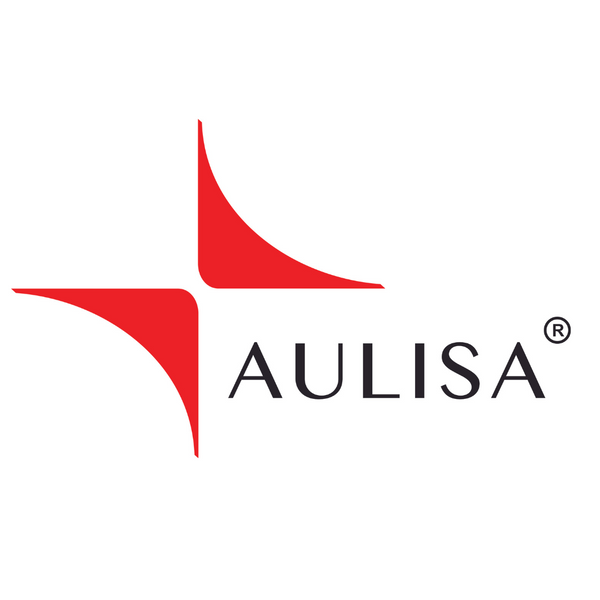September is Baby Safety Month, a time when parents and caregivers pay special attention to protecting their little ones. As we celebrate this month dedicated to infant safety, it's essential to explore innovative technologies that can enhance the well-being of our tiniest family members.
One such innovation is the Aulisa Guardian Angel 1001 Lite Plus, a device that not only offers peace of mind but also plays a crucial role in safeguarding your baby's health by monitoring oxygen levels and saturation rates.
In this article, we'll delve into the significance of monitoring these vital metrics and how the Aulisa Baby Monitor can make a difference.
Why Monitor Oxygen Levels and Saturation Rates?
-
The Importance of Oxygen Levels: Oxygen is essential for the proper functioning of every cell in the human body, especially in infants, whose organs and tissues are still developing (1). Monitoring oxygen levels can help detect issues like respiratory distress, which can be a life-threatening condition in newborns (2).
-
Understanding Saturation Rates: Oxygen saturation, often measured through pulse oximetry, indicates the percentage of hemoglobin in the blood that is carrying oxygen (3). A healthy baby typically has oxygen saturation levels between 95% and 100% (4). Monitoring these levels can help identify problems such as cyanosis, a bluish discoloration of the skin caused by low oxygen levels (5).
Our Aulisa Baby Monitors take baby safety to a whole new level by providing continuous monitoring of oxygen levels and saturation rates, allowing parents to take prompt action if any issues arise. Here's how it works:
-
Non-Invasive Pulse Oximetry Technology: The Aulisa Baby Monitor utilizes non-invasive pulse oximetry technology, which gently and painlessly measures oxygen levels and saturation rates by clipping the device onto your baby's foot (6). This technology is widely accepted in medical practice for its accuracy and safety.
-
Real-time Alerts and Notifications: The monitor continuously tracks your baby's oxygen levels and saturation rates and sends real-time alerts to your smartphone if any readings fall outside the healthy range (7). This immediate notification allows parents to seek medical attention promptly, ensuring their baby's well-being.
-
Peace of Mind for Parents: Parenting can be overwhelming, especially when it comes to the well-being of a newborn. The Aulisa Baby Monitor offers peace of mind by allowing parents to check their baby's vitals at any time, even during the night, without disturbing their sleep (8).
References
(1): Keszler, M. (2000). Oxygen Therapy in Preterm Infants. Pediatrics, 105(4), 869-877.
(2): Subramaniam, P., Ho, J. J., Davis, P. G., & Henderson-Smart, D. J. (2016). Continuous distending pressure for respiratory distress in preterm infants. The Cochrane Database of Systematic Reviews, 11(11), CD002271.
(3): Mourani, P. M., & Mandell, E. W. (2020). Hypoxemia. In Fuhrman and Zimmerman's Pediatric Critical Care (pp. 156-160).
(4): Tobias, J. D. (2016). Oxygen saturation and functional oxygen saturation monitoring. Pediatric Anesthesia, 26(1), 2-14.
(5): Rabi, Y., Rabi, D., Yee, W., & Singhal, N. (2007). Oxygen saturation trends immediately after birth. The Journal of Pediatrics, 150(6), 591-596.
(6): Sinex, J. E. (1999). Pulse oximetry: Principles and limitations. American Journal of Emergency Medicine, 17(1), 59-66.
(7): Kamlin, C. O., & Davis, P. G. (2010). Monitoring the preterm infant in the neonatal intensive care unit using wired and wireless systems. Neonatology, 99(2), 134-141.
(8): Paul, I. M., Downs, D. S., Schaefer, E. W., Beiler, J. S., & Weisman, C. S. (2013). Postpartum anxiety and maternal-infant health outcomes. Pediatrics, 131(4), e1218-e1224.

